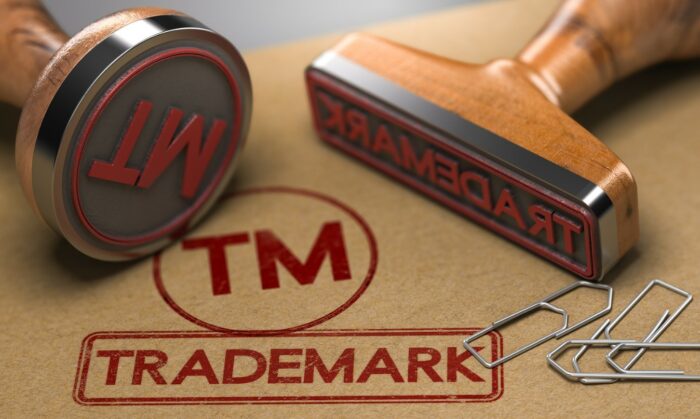Trademarks
What are Trademarks?
A Trademark is a symbol, such as a word, logo, slogan, name, sound, or any combination of these, that a business or non-profit organization adopts and uses to distinguish its goods and services in the market from those of others. It is important to select a Trademark carefully, not only from a marketing standpoint, but also from the perspective of meeting the legal criteria for creating a strong brand that is enforceable in the marketplace. The Trademark must be appropriately selected for the goods and services in question. For example, the Trademark’s Office will deny protections for Trademarks that are clearly descriptive of the goods and services, but that same Trademark can be protectable with respect to goods and services that it does not clearly describe.
The law affords some protection for an unregistered Trademark that has been consistently used to promote goods or services for a prolonged period so as to have earned recognition in the marketplace as a consequence. However, registering a Trademark affords the brand owner a much broader scope of protection—especially at the inception of the business before the brand has been used sufficiently to gain a reputation in the marketplace. Registered Trademarks can be renewed indefinitely for successive ten-year periods. In contrast to other jurisdictions, in Canada, it is not necessary to prove that the Trademark has been used in order to renew it. Registered Trademarks, however, can be removed from the registrar upon request by a third party if the Trademark has not been used in the three years preceding the request.
About Trademarks in Canada
In order to protect a Trademark by way of registration in the Canadian market, it has to be specifically registered in Canada. Businesses entering the market in Canada cannot not rely on a foreign registration to obtain the benefits associated with registering Trademark rights.
As of June 4, 2019, the Canadian government confirmed that it would become party to several major intellectual property treaties, including the Madrid Protocol and the Nice Agreement. Now that Canada is a signatory of the Madrid Protocol, Canadian applicants can file applications with the World Intellectual Property Association’s International Bureau, which offers significant cost savings when filing for protection in multiple countries or regions. Similarly, the Canadian Intellectual Property Office will accept an application filed with the World Intellectual Property Association’s International Bureau that designates Canada as a legal jurisdiction in which protection is being sought. Also, it is no longer necessary to indicate whether the application is based on “intent to use” or previous use. Renewal terms are reduced from fifteen years to ten years. Canada has adopted the Nice classification of goods and services, and filing costs are computed based on how many classes of goods and services that are sought to be protected in association with a Trademark.
Learn more about our areas of practice





